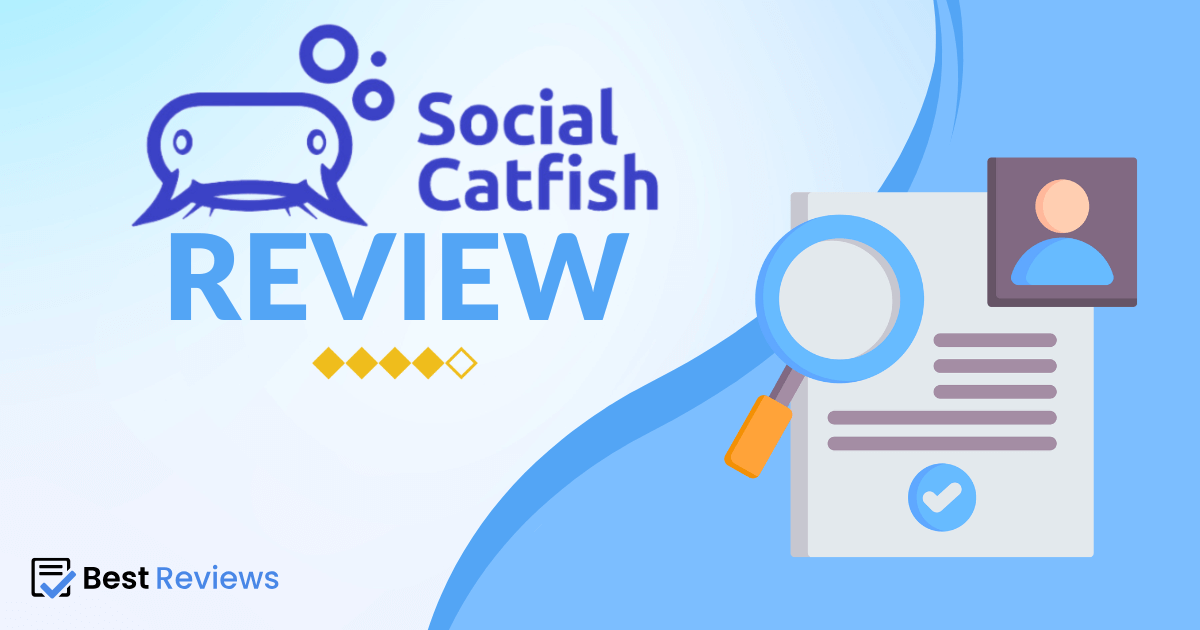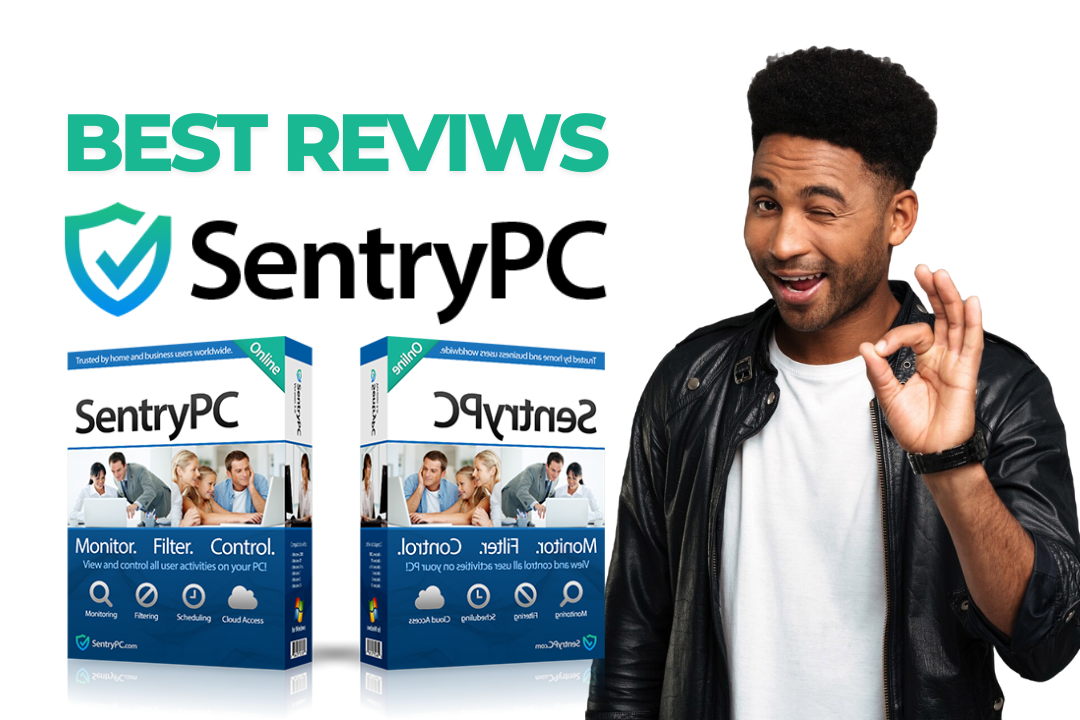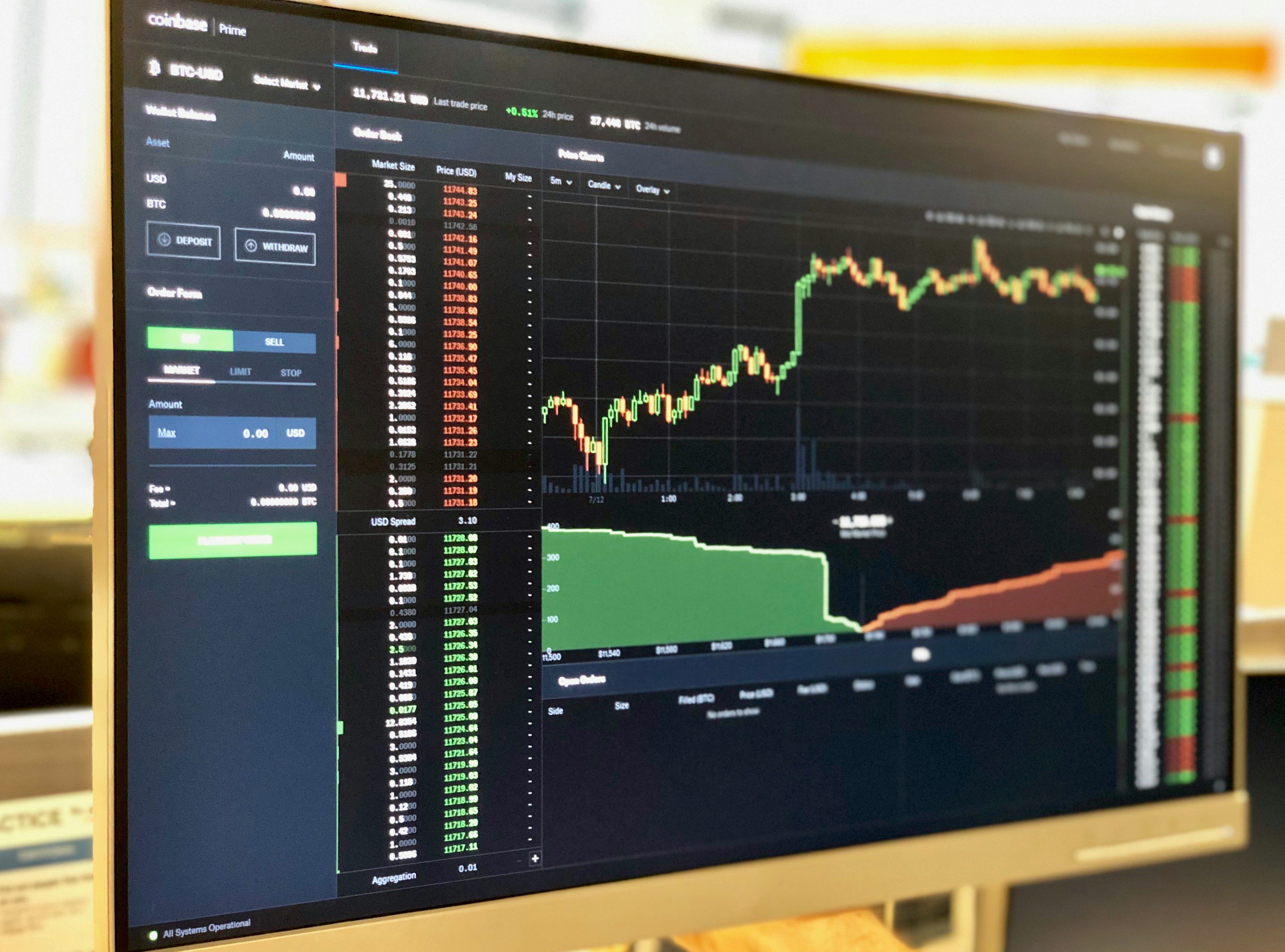DeepSeek is an advanced artificial intelligence (AI) model designed for natural language processing (NLP) and machine learning tasks. It is similar to models like GPT (Generative Pre-trained Transformer) and is often used for applications such as text generation, language translation, chatbots, and more.
There are different versions of DeepSeek, including DeepSeek-VL for vision-language tasks and DeepSeek-Coder for code-related tasks. It is developed to enhance AI capabilities in understanding and generating human-like text, making it useful for various applications in research, business, and software development.
Are you looking for something specific about DeepSeek?
Here’s the content for the topic DeepSeek LLM using the focus keyword:
DeepSeek LLM: Revolutionizing Search with Advanced AI

In today’s rapidly evolving digital world, finding relevant information quickly is crucial. DeepSeek LLM (Large Language Model) has emerged as a powerful tool in improving search experiences by harnessing the capabilities of advanced artificial intelligence. This cutting-edge technology is revolutionizing the way we interact with search engines, making results more accurate, personalized, and efficient.
What is DeepSeek LLM?
DeepSeek LLM is an AI-powered language model designed to enhance search functionalities across a wide range of applications. By understanding and processing natural language, DeepSeek LLM takes traditional search algorithms a step further, offering deeper insights, more precise answers, and better user engagement. Unlike traditional keyword-based search engines, DeepSeek LLM interprets the context behind the search queries, making it more effective in providing users with the most relevant information.
How Does DeepSeek LLM Work?
DeepSeek LLM operates by utilizing a sophisticated deep learning algorithm that processes massive amounts of data to understand the nuances of human language. This allows it to generate highly accurate responses to search queries, even when users phrase them in complex or ambiguous ways. The AI’s ability to comprehend context and intent is what sets it apart from conventional search engines.
The model works by first analyzing the user’s input and understanding the meaning behind it. It then searches through a vast database of indexed content and ranks the most relevant results based on both relevance and context. This process eliminates the need for users to craft the “perfect” search query, as the AI can interpret a wide range of phrasing and still deliver valuable results.
Key Features of DeepSeek LLM
Contextual Understanding: DeepSeek LLM excels at understanding the intent behind the search query, allowing it to deliver contextually relevant information.
Advanced Natural Language Processing: The model’s use of natural language processing (NLP) enables it to understand not just keywords but full sentences, leading to more meaningful and accurate search results.
Real-Time Learning: DeepSeek LLM is designed to continuously improve as it processes more data, making it smarter with each interaction.
Personalized Results: By analyzing previous user interactions, the AI is capable of delivering personalized results tailored to each individual’s preferences and behaviors.
Applications of DeepSeek LLM
DeepSeek LLM has a wide range of applications across various industries, including:
Search Engines: Enhanced search results that go beyond keywords to understand and deliver context-driven results.
Customer Support: AI-powered chatbots that provide more accurate and helpful responses to customer inquiries.
Content Recommendations: Improved content recommendation systems for streaming platforms, e-commerce sites, and news outlets.
Business Intelligence: Analyzing vast amounts of data for insights, trends, and predictive analytics.
Benefits of Using DeepSeek LLM
Improved Accuracy: With its deep understanding of language, DeepSeek LLM provides users with more relevant and accurate search results.
Time-Saving: Users don’t have to refine their search queries repeatedly. The model can interpret various ways of phrasing the same request and still provide valuable results.
User-Friendly: Its ability to understand natural language makes it easier for users to interact with search engines and other platforms without needing specific technical knowledge.
How DeepSeek LLM is Different from Traditional Search Engines
Traditional search engines rely on a more rigid, keyword-based system, which means that search results can sometimes be irrelevant if the query isn’t phrased exactly right. On the other hand, DeepSeek LLM uses advanced machine learning algorithms to better interpret the intent and meaning of each query, ensuring that the results are much more relevant, even if the search term is vague or complex.
Conclusion: The Future of Search with DeepSeek LLM
DeepSeek LLM represents a major leap forward in the search experience, offering smarter, more personalized, and more accurate results than ever before. Whether you’re looking for information, customer support, or content recommendations, this AI-powered language model is helping to shape the future of search engines. Its ability to understand natural language and contextual intent is poised to change how we interact with the digital world.
Suggested Places to Add Images:What is DeepSeek LLM?
How Does DeepSeek LLM Work?
Key Features of DeepSeek LLM
- Visual comparison between traditional search engines and DeepSeek LLM (infographic).
Applications of DeepSeek LLM
- Images or icons representing different industries (e.g., search engines, customer support, business intelligence).
How DeepSeek LLM is Different from Traditional Search Engines
- Side-by-side comparison or table showing key differences.
Conclusion
- An image representing the future of search or AI in technology (e.g., futuristic search engine interface).
This should give a comprehensive overview of DeepSeek LLM while being informative and engaging for your readers.
Models & Pricing: Choosing the Right Option for Your Needs

When it comes to selecting the best model for your needs, understanding the pricing structure and available options is crucial. Whether you’re looking for a software subscription, a service package, or a product model, knowing the right model to choose and its associated costs can help ensure you make an informed decision. In this article, we’ll break down the various models and pricing options available, helping you navigate through your choices effectively.
Understanding Different Models
There are various types of models you might encounter depending on the industry or product you’re considering. Commonly, the types of models can be categorized into the following:
Subscription-Based Models
Subscription models are one of the most popular pricing structures for software and services. In this model, customers pay a recurring fee (monthly, quarterly, or annually) for continued access to the product or service. This model is commonly used for SaaS (Software as a Service) platforms, streaming services, and subscription boxes.
One-Time Purchase Models
This pricing structure is common for physical products, such as electronics or software that doesn’t require continuous updates. Once you make the purchase, you own the product outright without any ongoing costs, although some products may offer optional support or upgrade fees.
Freemium Models
The freemium model allows customers to use a basic version of a product or service for free, with the option to upgrade to a premium version for additional features and benefits. This model is often used for apps, games, and digital services, where the basic functionality is free but enhanced features come at a cost.
Tiered Pricing Models
Tiered pricing involves offering different packages or tiers with varying levels of features, functionality, and service. Customers can choose a plan that best fits their needs and budget. This model is commonly seen in cloud services, business software, and telecommunication services.
Pay-As-You-Go Models
With this model, customers pay only for what they use. There are no fixed fees, and the pricing is often based on metrics like usage hours, data consumption, or the number of transactions. Pay-as-you-go models are ideal for businesses with fluctuating needs.
Pricing Considerations: What to Keep in Mind
When evaluating models and pricing, several factors should be considered to ensure you’re making the most cost-effective decision:
Initial vs. Long-Term Costs
Sometimes a product or service may seem inexpensive upfront but could lead to higher costs in the long run due to hidden fees or subscription renewals. Be sure to factor in both the initial cost and any potential long-term costs.
Customization and Scalability
The right pricing model for your needs will depend on how much flexibility you require. Some models offer more customization and scalability than others. For example, a tiered pricing model may provide the flexibility to upgrade as your needs grow, while a subscription model might offer better value for larger teams or businesses.
Discounts and Promotions
Many companies offer discounts for annual payments, bulk purchases, or long-term contracts. Always look for special offers, discounts, or bundled deals that could lower your overall costs.
Additional Features and Support
Be aware of any extra costs for features or support that may be important to you. Premium models or packages may include additional services such as priority support, training, or advanced features that may be crucial to your success.
Popular Models & Pricing in Various Industries
Software as a Service (SaaS) Models & Pricing
Many SaaS providers follow subscription-based models, offering monthly or annual plans. Pricing may vary based on the number of users or the features included. For example, a basic plan might cost $10/month for individuals, while business plans could range from $50 to $500/month depending on features.
Cloud Storage Models & Pricing
Cloud storage services like Google Drive or Dropbox typically offer tiered pricing. A free plan may offer a few gigabytes of storage, while paid plans range from $10/month for additional space to $100/month for enterprise-level services with higher storage capacities and advanced security.
E-commerce Models & Pricing
In e-commerce, models often depend on whether you’re purchasing a product or a service. Pricing varies widely from affordable items in subscription boxes ($10-$50 per month) to one-time purchases that range from $5 to hundreds of dollars.
Telecommunications Models & Pricing
Telecommunications companies offer both subscription and pay-as-you-go models. A mobile service provider might offer tiered pricing based on data usage, with plans ranging from $20/month for basic services to $100/month for unlimited data and additional features.
How to Choose the Right Model & Pricing for You
Choosing the right model and pricing depends on several factors, including:
Your Usage Needs: How often and in what capacity will you be using the product or service?
Your Budget: How much are you willing to pay upfront and on a recurring basis?
Future Growth: Will you need additional features or services in the future?
Support & Service Requirements: Do you need 24/7 support, or are basic customer service options sufficient?
By carefully considering these aspects, you can determine which model and pricing option will give you the most value for your money.
Conclusion: Making an Informed Decision
When selecting a model and pricing plan, it’s essential to understand your specific needs, budget, and the long-term implications of your decision. Whether you’re choosing a subscription, one-time purchase, or pay-as-you-go model, comparing different pricing structures and understanding their benefits can help you make an informed choice. Always remember to factor in additional costs and look for any opportunities to save, such as discounts or bundled services.
Suggested Places to Add Images:
Understanding Different Models
A visual comparison table of the different models (subscription, one-time, freemium, tiered pricing, pay-as-you-go).
Pricing Considerations
An infographic showing the breakdown of initial vs. long-term costs, or a simple pie chart illustrating the factors to consider when choosing a pricing model.
Popular Models & Pricing in Various Industries
Industry-specific pricing charts for SaaS, cloud storage, e-commerce, or telecommunications.
How to Choose the Right Model & Pricing for You
A flowchart or decision tree guiding users to choose the best model based on their usage and budget.
This content structure should help readers understand the different models and pricing options, making it easier to navigate their choices. Let me know if you’d like any further details!
pros & coins DeepSeek
Pros of DeepSeek
Advanced AI and Natural Language Understanding
DeepSeek leverages state-of-the-art AI and natural language processing (NLP), enabling it to understand complex queries with greater accuracy. Unlike traditional search engines, it can interpret the meaning behind user searches, providing more relevant and precise results.
Contextual Search Results
DeepSeek doesn’t rely solely on keywords; it understands the context behind a search. This makes it much more capable of delivering meaningful results even when a user’s query is vague or ambiguously worded.
Personalized Experience
DeepSeek customizes results based on user behavior and preferences, enhancing the relevance of search outcomes over time. It continuously learns from interactions, making future searches more accurate.
Speed and Efficiency
The platform is optimized for fast search responses, reducing the time users spend looking for information. DeepSeek’s AI-driven algorithms can process large datasets quickly and deliver results almost in real-time.
Wide Range of Applications
DeepSeek can be applied across many industries, such as e-commerce, content recommendation, business intelligence, and customer support, making it a versatile tool for various use cases.
Real-Time Learning
The AI adapts and improves based on real-world data, ensuring that DeepSeek’s performance continues to improve with time, becoming smarter and more accurate with every interaction.
Cons of DeepSeek
Initial Learning Curve
For users unfamiliar with advanced AI systems, there may be a slight learning curve in fully understanding how to optimize search queries or interpret results, especially if you’re transitioning from traditional search engines.
Potential Privacy Concerns
As with many AI systems, DeepSeek collects and processes data to personalize experiences. This can raise concerns regarding user privacy and data security, especially for businesses that prioritize confidentiality.
Dependency on AI Algorithms
DeepSeek’s reliance on AI algorithms means that occasional inaccuracies can occur, especially if the model is exposed to biased or incomplete data. These errors might lead to less relevant results or misinterpretations of complex queries.
Resource Intensive
DeepSeek’s AI requires significant computational power to deliver optimal performance, which could result in higher operational costs for businesses using the platform, especially for large-scale applications.
Limited Integration with Older Systems
Older systems and technologies may struggle to integrate seamlessly with DeepSeek, requiring additional effort to adapt or upgrade infrastructure, which could be a barrier for some organizations.
Subscription or Licensing Costs
Depending on the pricing model, businesses might face substantial costs associated with adopting DeepSeek, particularly for premium features and services. This may be a consideration for smaller organizations or startups.
Conclusion
While DeepSeek offers powerful AI-driven search capabilities that improve both accuracy and user experience, there are trade-offs to consider, such as potential privacy concerns and the computational resources required. Its wide range of applications and real-time learning make it an attractive choice for businesses looking for advanced search solutions, but it’s important to weigh the cons carefully depending on your specific needs.
Let me know if you’d like to adjust anything or add more details!















Leave a Reply